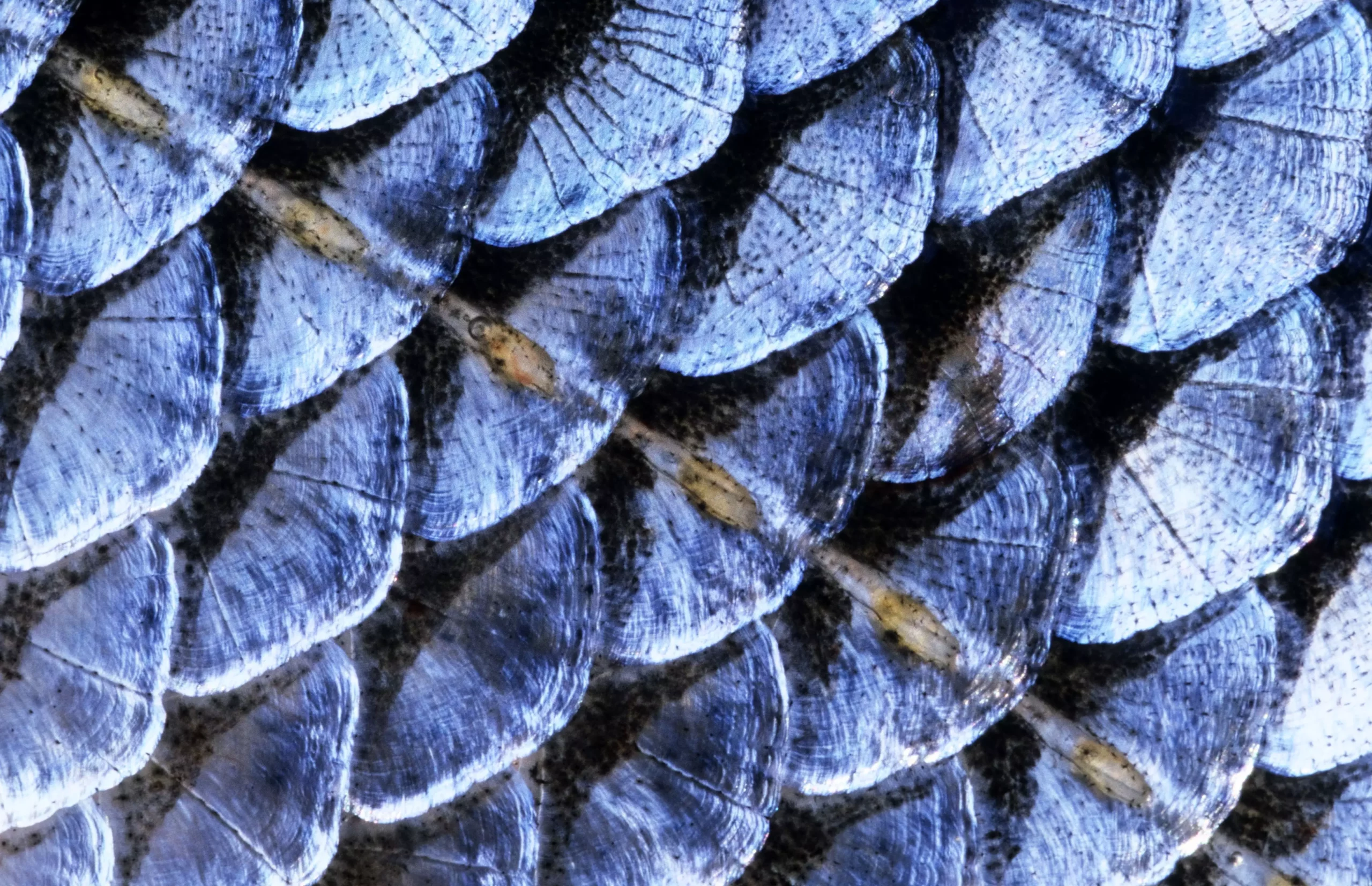Hole-in-the-head disease (HITH), often referred to as lateral line erosion, is a prevalent condition affecting various species of freshwater and saltwater fish. While not directly life-threatening, HITH can cause significant aesthetic issues and lead to secondary health concerns. The disease is characterized by the formation of eroded pits or holes predominantly around the fish’s head, face, and lateral line. This condition is especially notable in specific fish species, including angelfish, tangs, and surgeonfish. Understanding the manifestation of HITH and its potential causes is crucial for any aquarist to ensure fish health and well-being.
The most distinctive feature of hole-in-the-head disease is the appearance of irregular pits or lesions on the fish’s skin. These erosions typically start small but can expand if left untreated. Initial symptoms might include minor depressions that may exhibit a coloration of brown, grey, or white. In mild cases, only a few spots may appear, while more severe instances can show extensive damage over large areas of the fish’s face and sides. The lesions often begin as pinpoint defects, which can multiply rapidly, making early detection vital in managing the disease.
While the definitive cause of hole-in-the-head disease remains undetermined, several factors have been identified as contributing to its development. One particularly significant aspect is stress. Stressed fish are known to have compromised immune systems, making them more susceptible to health issues, including HITH. A stressful environment can be triggered by various factors, such as aggressive tank mates, subpar water quality, and inadequate tank size.
Moreover, while parasites like Hexamitid may play a role in some cases, they are not the primary cause. Instead, maintaining a stable and suitable environment proves critical in preventing the onset of the disease. Implementing good husbandry practices, such as regular water changes and maintaining appropriate water parameters, can play a significant role in mitigating stress and enhancing the overall health of aquatic inhabitants.
Preventing hole-in-the-head disease effectively begins with establishing a low-stress environment for the fish. Aquarists should focus on the following key areas:
1. **Proper Tank Setup**: Ensure that the tank is adequately sized for its inhabitants. Overcrowding can lead to territorial disputes and stress, making fish more vulnerable to diseases like HITH.
2. **Species Compatibility**: Choose compatible species to minimize aggression and competition for resources. Avoid mixing overly aggressive fish with more docile species.
3. **Regular Maintenance Regimen**: Regularly check and maintain the tank’s filtration system and conduct routine water quality testing to prevent fluctuations that could stress fish.
4. **Quarantine New Fish**: Always quarantine new arrivals before introducing them to the main tank. This practice limits the risk of introducing potential diseases to the existing population.
5. **Nutritious Diet**: A balanced diet is crucial for fish health. Providing high-quality, varied food can boost the fish’s immunity and overall health.
While no specific cure exists for HITH, managing the condition focuses on supportive care and improving the overall health of the affected fish. Diagnosis is typically straightforward, relying on observational symptoms, while treatment aims to enhance the fish’s living conditions. Here are a few strategies that can be employed:
– **Addressing Water Quality**: Ensuring optimal water conditions can help improve the fish’s immune response. Regular water changes and efficient filtration play significant roles in disease management.
– **Medication**: While treatments targeting parasites may occasionally be utilized, veterinarians often recommend a broader approach that focuses on elevating the overall health of the aquarium ecosystem.
– **Stress reduction**: Mitigating stressors is integral for recovery. This may include rehoming aggressive fish or ensuring hiding spots and territories are sufficient for all tank members.
Hole-in-the-head disease, while visually distressing, does not have to spell disaster for fish keepers. A proactive approach focused on prevention, early detection, and sound managerial practices can significantly curb the incidence of HITH. Aquarists must remain vigilant, regularly monitoring their fish for any signs of stress or disease and promptly addressing any issues that arise. By fostering a healthy aquatic environment, fish enthusiasts can mitigate the risk of HITH and enhance the wellbeing of their aquatic companions.

